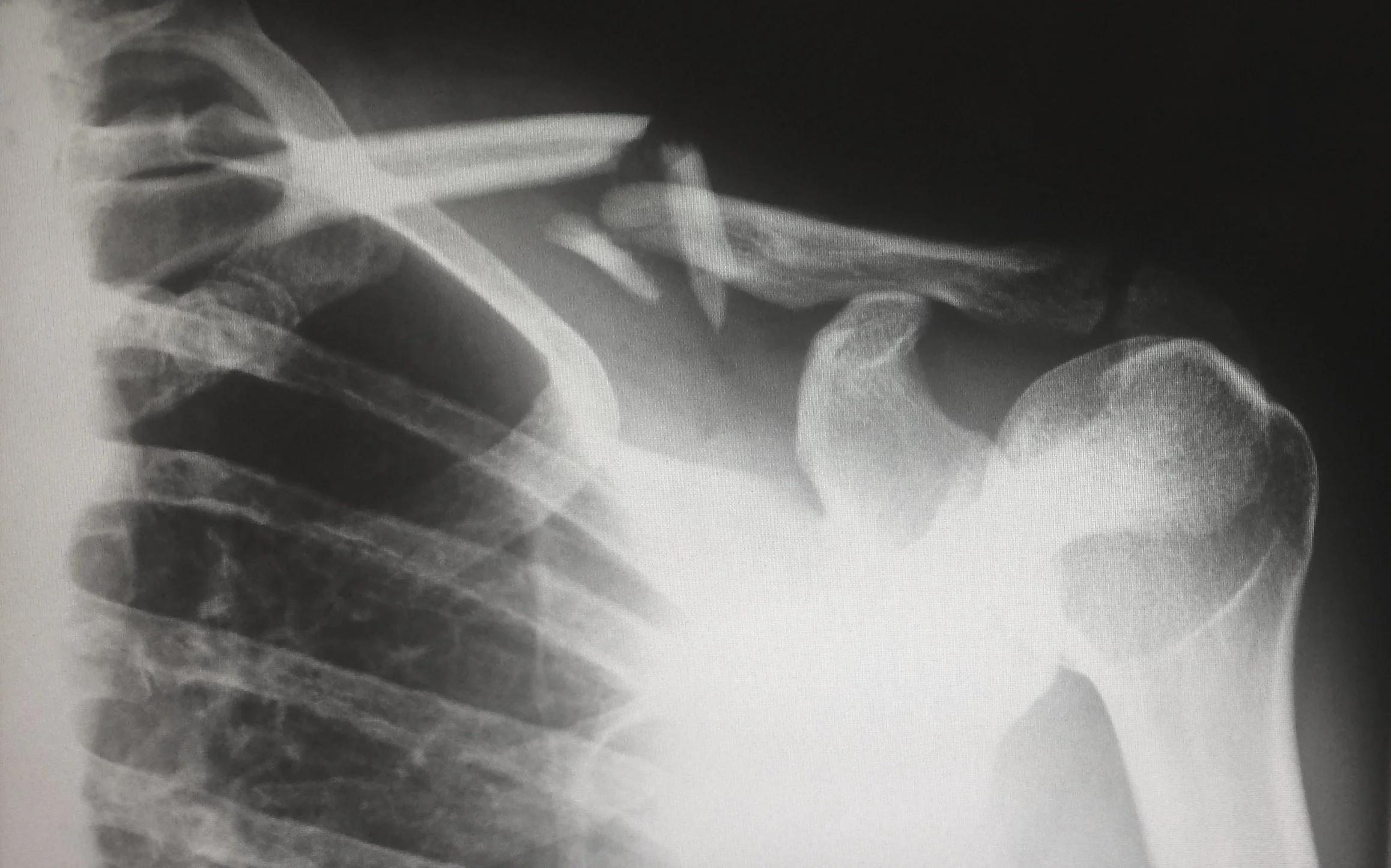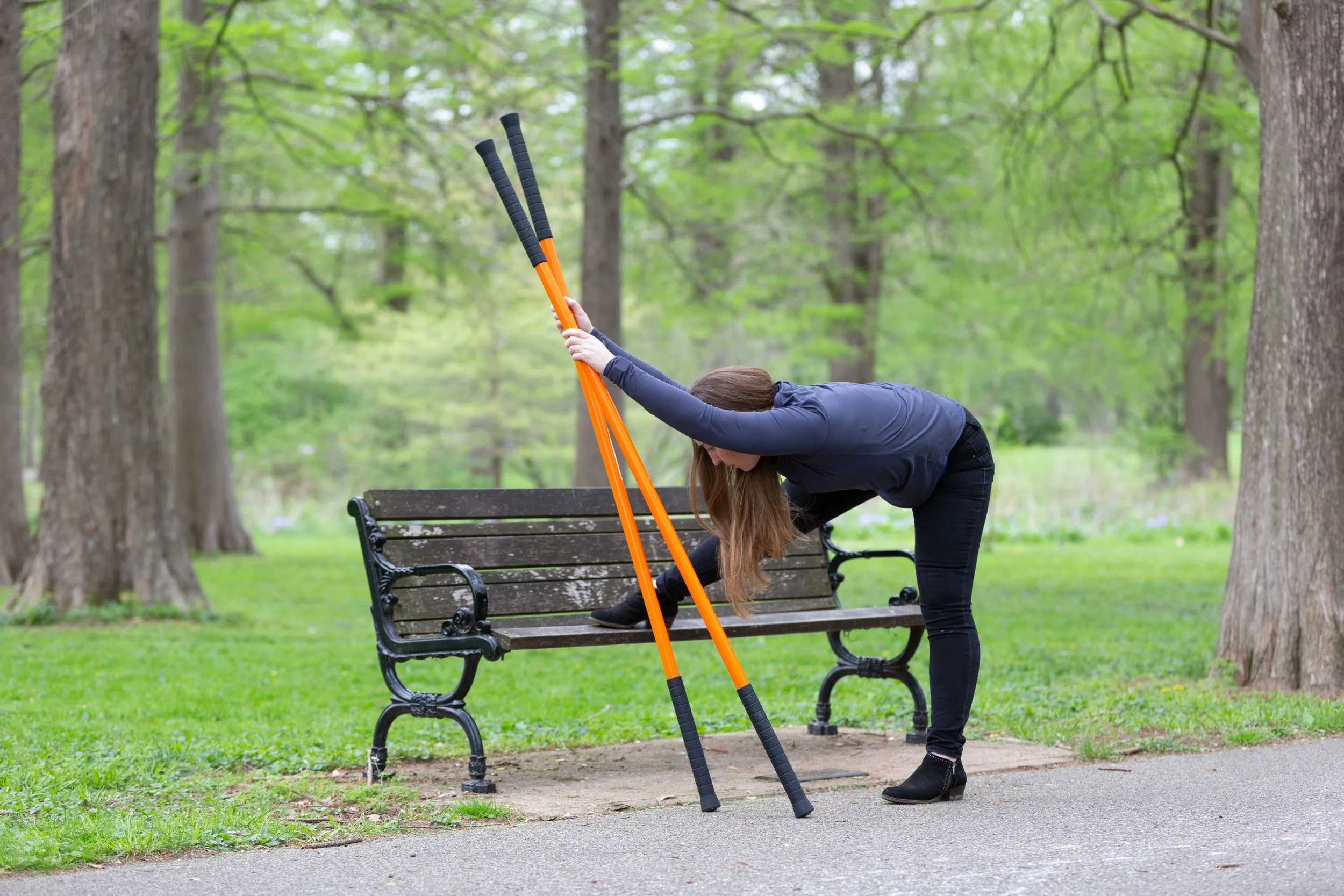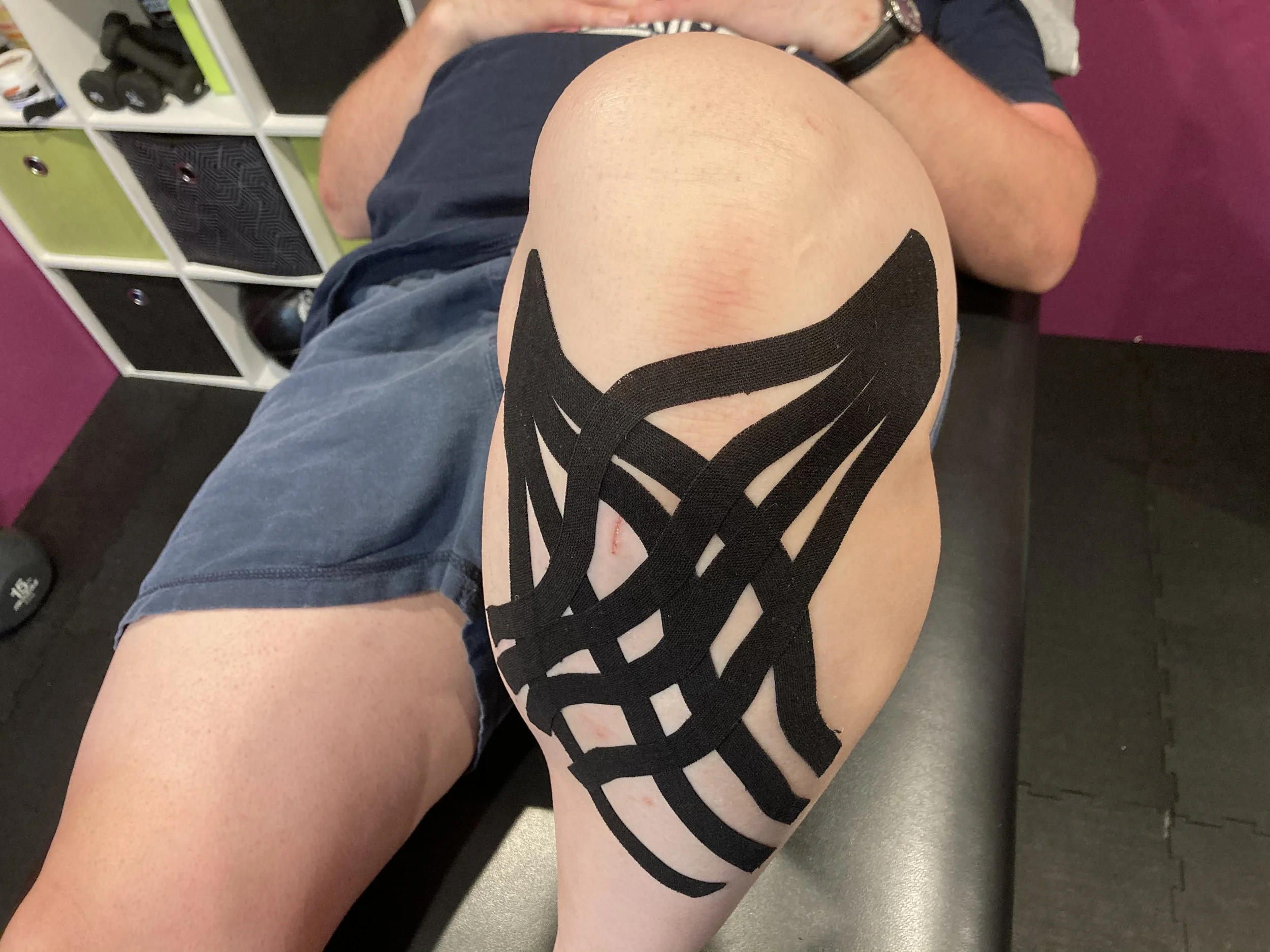Injury and Inflammation: M.E.A.T. versus R.I.C.E.
No, we are not talking about food. We are talking about how to treat an acute injury and inflammation. So, let us get back to basics…
The old theory was R.I.C.E.
Rest
Ice
Compression
Elevation
The new theory is M.E.A.T.
Movement
Exercise
Analgesia
Treatment
Please explain the theories:
Rest, Ice, Compression & Elevation
R.I.C.E. and NSAIDs (non-steroidal anti-inflammatory drugs) are an old way of dealing with acute injuries and inflammation. This theory focuses on a lack of movement, ice which constricts blood vessels, compression which constricts lymphatics, nerves and blood flow & elevation which limits blood flow. Do you see a theme?
Movement, Exercise, Analgesia, Treatment
M.E.A.T. increases the flow of blood to injured areas in order to enhance the healing process. Soft tissue structures such as ligaments, tendons, and cartilage do not have a vast blood supply. Movement and exercise will increase blood flow to bone, muscles, ligaments, tendons, cartilage and organs. There are a variety of analgesics/ modalities that can be used to promote and speed healing. Physical therapists and athletic trainers are well versed practitioners to help provide appropriate treatment to help you regain function, healing and return to sport.
Why did I mention organs?
Because your organs are what help filter inflammation and unwanted junk out of your body. If you need a review, please go back to the drainage pathway blog to review:
We have learned so many better ways of treating injuries since the 1970’s when Dr. Gabe Mirkin, MD first introduced R.I.C.E. theory. We have also learned through a multitude of studies that NSAIDs can delay healing of broken bones, damaged/ strained ligaments and tissue structures. The body needs the inflammatory process and angiogenesis for bone remodeling to occur. You will not speed healing long term by reducing blood flow. These will only prolong the healing process. However, in an acute injury where swelling is causing circulation or nerve compression issues, R.I.C.E., may be an appropriate modality until you can receive care from a medical provider.
What are my favorite go to’s for an acute injury or after surgery:
Kinesio taping from a certified practitioner
Dry needling (with or without electrical stimulation)
Make sure drainage pathways are open:
Lymphatic drainage/ massage (assuming the bowel, liver & gallbladder pathways are open)
Visceral manipulation
Increase protein/ amino acid intake (this is important for the liver, bones & soft tissue structures)
Sleep & circadian rhythm
Sunlight
Guided movement
This is not medical advice. You should always consult your healthcare practitioner(s) for medical advise and what is best for your care. The purpose of this blog is to centralize and share information while connecting with others.



